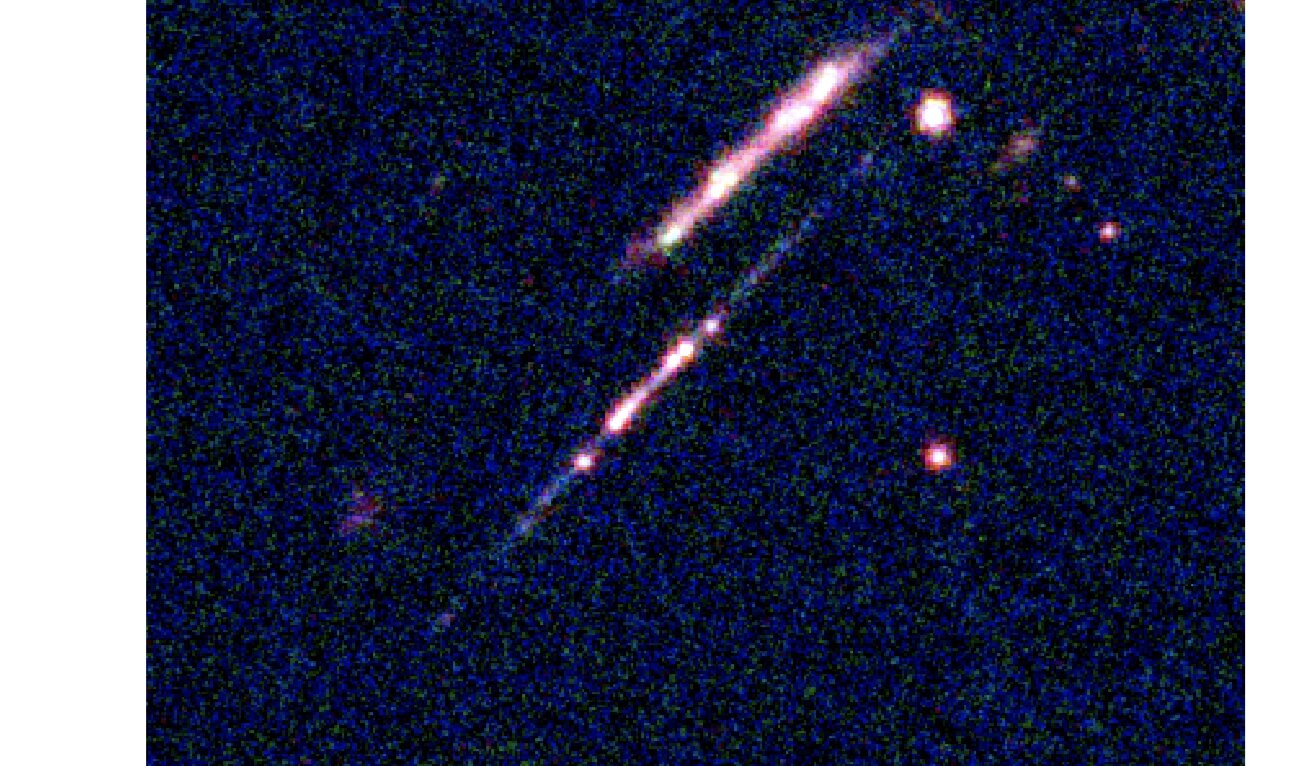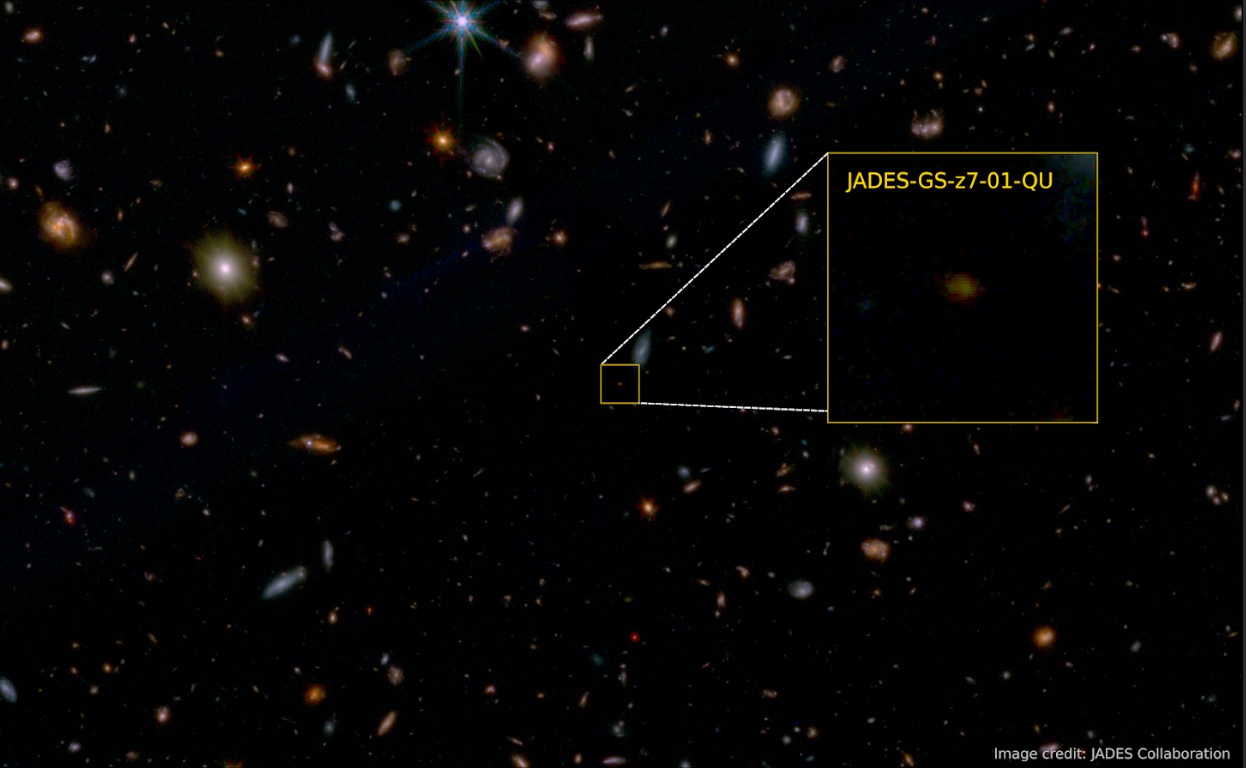Astronomy.com
Astronomy.com is a comprehensive source for news and information in the fields of astronomy, observing, and spaceflight. The website covers the latest discoveries in space, sky observing events, and breaking news related to astronomy. It is fueled by Astronomy magazine which has been publishing since 1973. The content is tailored for a wide range of audiences from beginners to advanced observers and curious minds. Topics on the site include astronomical findings, celestial events, space exploration news, and more.
73%
The Daily's Verdict
This news site has a mixed reputation for journalistic standards. It is advisable to fact-check, scrutinize for bias, and check for conflicts of interest before relying on its reporting.
Bias
90%
Examples:
- Galaxies like IC 2006 only form stars on their fringes edges of their disk
- The galaxy most likely had a quick burst of star formation
Conflicts of Interest
50%
Examples:
- Galaxies like IC 2006 only form stars on their fringes edges of their disk
- The galaxy most likely had a quick burst of star formation
Contradictions
88%
Examples:
- Astronomers can see the Cosmic Gems Arc as it was just 460 million years after the universe formed, during the era of reionization.
- The results could be important to help astronomers understand how and why galaxies stop forming new stars, and whether the factors affecting star formation have changed over billions of years.
- These clusters may contain some of the first stars in the universe and shed light on the Epoch of Reionization.
Deceptions
75%
Examples:
- Evidence shows that some areas proposed for future landings are near or within fault zones and vulnerable to moonquakes.
- The Lunar Reconnaissance Orbiter Camera's image of a thurst fault near the lunar south pole. Credit: NASA/LRO/LROC/ASU/Smithsonian Institution
Recent Articles

New Discovery of Five Young Star Clusters in Infant Galaxy Reveals Insights into Star Formation during the Epoch of Reionization
Broke On: Saturday, 22 June 2024
Stonehenge's Hidden Lunar Alignment: Unveiling the Secrets of the Major Lunar Standstill in 2023
Broke On: Thursday, 20 June 2024
Astronomers Discover Galaxy Without Stars for 13 Billion Years Using James Webb Space Telescope
Broke On: Wednesday, 06 March 2024